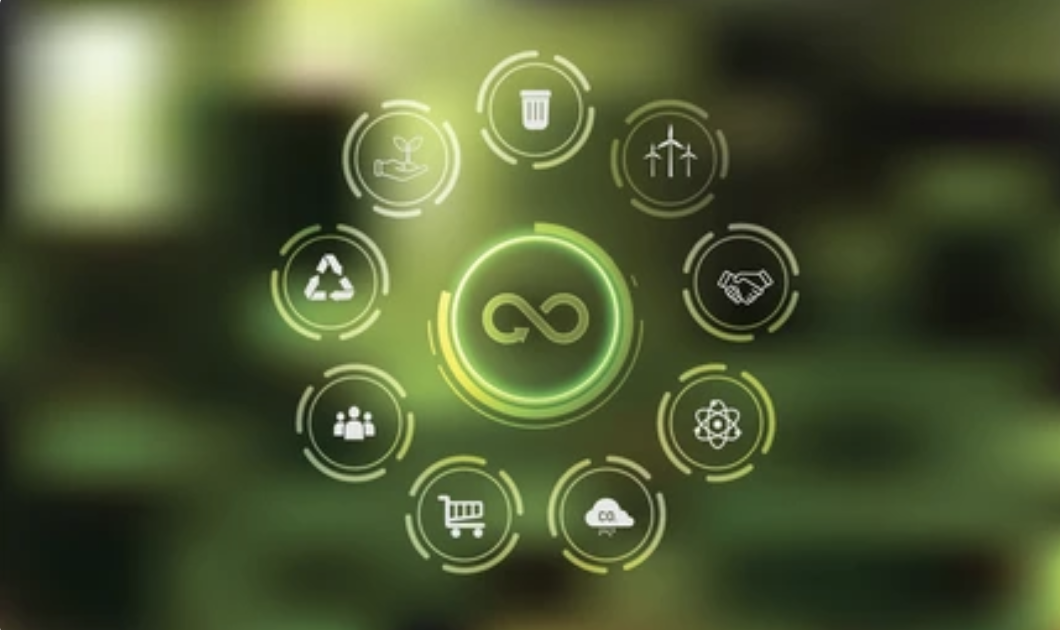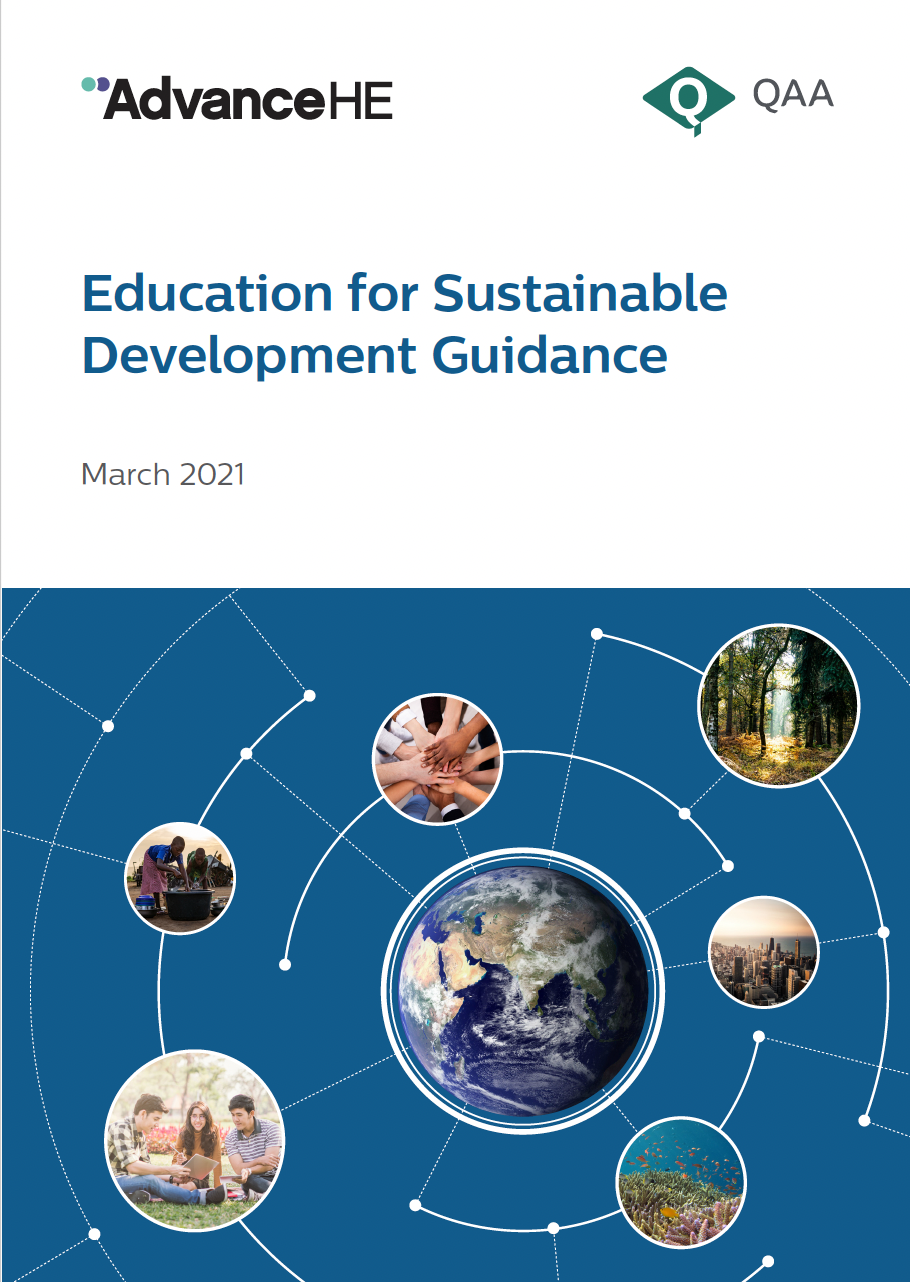What Do We Mean By Sustainability?

A Sustainability theme page
In clarifying our approach to the theme of Sustainability in this Toolkit, we need to look at some definitions.
Sustainability
Sustainability can be understood in a number of ways:
- In the narrow context of learning and teaching at Cardiff University, we can look at whether we can we sustain, or manage, existing practices, or new projects. e.g. Can we provide adequate support to students in finding work placements? Can we sustain the provision of meaningful and actionable feedback on formative assessments to large cohorts?
- With reference to environmental concerns: do we model environmentally sustainable good practice by limiting our printing, or cycling to work? Do we encourage our students to consider these concerns?
- In the more holistic context of maintaining a balance between environmental, economic, and social systems over time, we understand sustainability to refer to the future of our planet and societies. See the 3 Pillars of Sustainability below.
The 3 Pillars of Sustainability

Reference is often made to the ‘3 Pillars of Sustainability’:
1. Environmental stewardship refers to our physical environment – the biosphere. This includes water, air quality, soil fertility, food sources and nature. It considers the ecosystems that perpetuate our physical environment.
2. Economic efficiency refers to standard of living for all systems. This includes considering carefully any harmful environmental trade-offs that could affect future generations. This also includes energy conservation, reducing carbon footprints and minimising waste. The main concept for economic sustainability is rejecting short-term processes and considering the planet’s long-term well-being.
3. Social responsibility refers to treating everyone fairly by ensuring equity. This also links to social justice, which considers how the structures of society support fair social systems and targets issues that hinder this. In addition, the social aspect of sustainability involves maintaining the health and well-being of people and communities.
Sustainable Development
International and national policies from the late 1980s have shifted the focus away from the environmental movement and pollution concerns of the 1970s, where the main goal was on protecting the natural environment, towards ‘sustainable development’.
A widely cited definition of ‘sustainable development’ comes from the 1987 report of the World Commission on Environment and Development (WCED), commonly known as the Brundtland Report.
‘Sustainable development is development that meets the needs of the present without compromising the ability of future generations to meet their own needs.’
See the UN Sustainable Development Goals (SDGs) or the Why Sustainability? page for more on this.
Education for Sustainable Development (ESD)

‘Education for Sustainable Development’ (ESD) has largely taken the place of traditional environmental education in policies and academic discussions.
Unlike environmental education, which is more focused on nature and ecosystems (ecocentric), ESD takes a holistic approach that focuses on human well-being, including issues such as poverty and social inequality.
ESD is interdisciplinary, meaning it draws from multiple fields of study, and emphasises teaching skills and critical thinking to help individuals take meaningful action towards creating a more sustainable society.
ESD also requires subjective interpretation and involves making value judgments, as it deals with complex and often controversial issues.
ESD aligns with a view of knowledge as multi-faceted, evolving through interactions and shaped by our ever-changing world.
See the QAA / Advance HE Education for Sustainable Development Guidance, or the Why Sustainability? page for more on this.
Deeper dive
Share your feedback
Where next?
You're on page 1 of 4 Sustainability theme pages. Explore the others here:
Embedding Sustainability in Learning and Teaching
Or how about another theme?